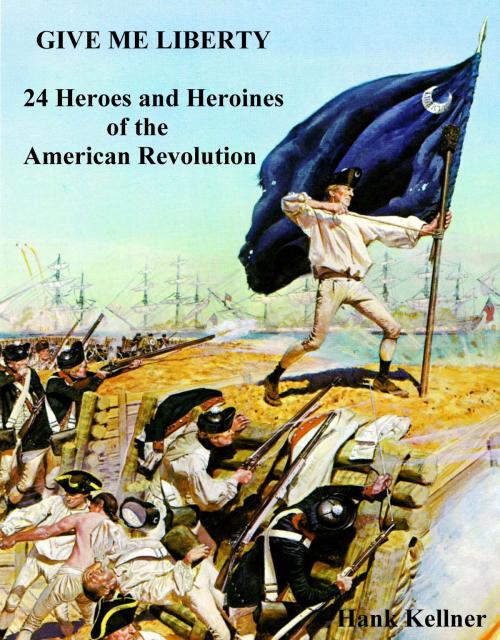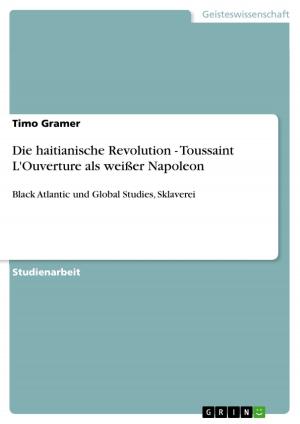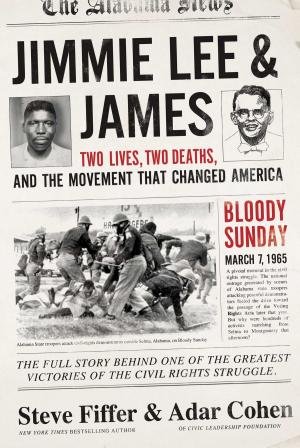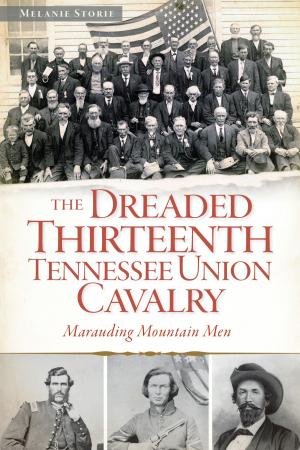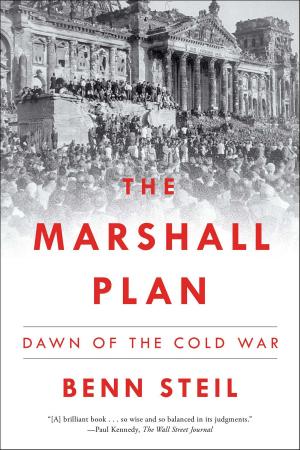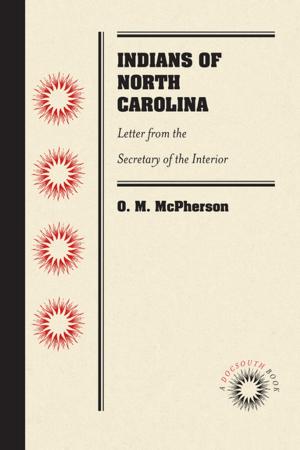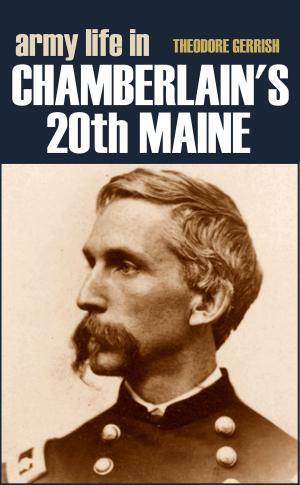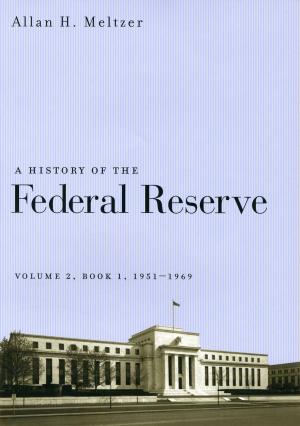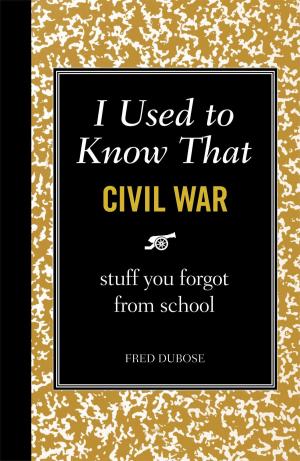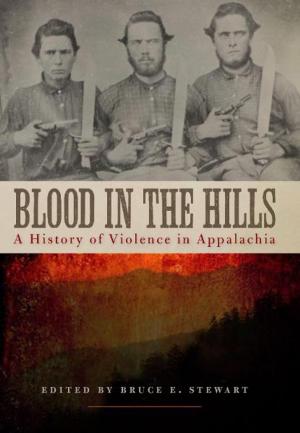| Author: | Hank Kellner | ISBN: | 9781301551972 |
| Publisher: | Hank Kellner | Publication: | September 4, 2013 |
| Imprint: | Smashwords Edition | Language: | English |
| Author: | Hank Kellner |
| ISBN: | 9781301551972 |
| Publisher: | Hank Kellner |
| Publication: | September 4, 2013 |
| Imprint: | Smashwords Edition |
| Language: | English |
Most Americans are familiar with such Revolutionary War heroes and heroines as Crispus Attucks, Molly Pitcher, Paul Revere, and Nathan Hale. History tells us, however, that those are but a handful of the hundreds of lesser-known patriots who joined the struggle for liberty against the British that lasted from 1775 to 1783.
Deborah Sampson, for example, donned men’s clothing; assumed the name Robert Shurtleff; enlisted in the Continental Army; and fought in several battles as a man. After she was wounded in battle, a surgeon finally discovered her true identity. At the end of the war General George Washington himself authorized her discharge from the army.
John Honeyman was a former soldier in the British Army during the French and Indian War who risked his life as a spy for General Washington. During one memorable episode, he penetrated the British defenses and gained the confidence of the enemy. While posing as a British spy, he gathered information for the Americans. The information he gathered helped the Americans defeat the Hessian troops stationed in Newark, New Jersey
Oscar Marion was the first African-American veteran of the Revolutionary War to be honored at Arlington National Cemetery. As a child he grew up as a slave on a plantation in South Carolina, where he is said to have been playmates with Francis Marion. When war broke out, Oscar joined the 2nd Continental Regiment of South Carolina and served as an aide to his former playmate, General Francis Marion. At the same time, Oscar fought as a common soldier in at east three major battles. Ironically, after the war ended, Oscar Marion was never granted his freedom.
T hose are but three of the twenty-four Revolutionary War patriots whose exploits this work presents. Note that the descriptions are not intended to be exhaustive. Rather, they are intended to present highlights in the lives of the subjects. Readers who want to find out more will discover much additional information on the Internet, as well as in printed works. A selected bibliography provides several books the reader will find useful.
Most Americans are familiar with such Revolutionary War heroes and heroines as Crispus Attucks, Molly Pitcher, Paul Revere, and Nathan Hale. History tells us, however, that those are but a handful of the hundreds of lesser-known patriots who joined the struggle for liberty against the British that lasted from 1775 to 1783.
Deborah Sampson, for example, donned men’s clothing; assumed the name Robert Shurtleff; enlisted in the Continental Army; and fought in several battles as a man. After she was wounded in battle, a surgeon finally discovered her true identity. At the end of the war General George Washington himself authorized her discharge from the army.
John Honeyman was a former soldier in the British Army during the French and Indian War who risked his life as a spy for General Washington. During one memorable episode, he penetrated the British defenses and gained the confidence of the enemy. While posing as a British spy, he gathered information for the Americans. The information he gathered helped the Americans defeat the Hessian troops stationed in Newark, New Jersey
Oscar Marion was the first African-American veteran of the Revolutionary War to be honored at Arlington National Cemetery. As a child he grew up as a slave on a plantation in South Carolina, where he is said to have been playmates with Francis Marion. When war broke out, Oscar joined the 2nd Continental Regiment of South Carolina and served as an aide to his former playmate, General Francis Marion. At the same time, Oscar fought as a common soldier in at east three major battles. Ironically, after the war ended, Oscar Marion was never granted his freedom.
T hose are but three of the twenty-four Revolutionary War patriots whose exploits this work presents. Note that the descriptions are not intended to be exhaustive. Rather, they are intended to present highlights in the lives of the subjects. Readers who want to find out more will discover much additional information on the Internet, as well as in printed works. A selected bibliography provides several books the reader will find useful.
